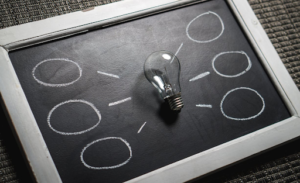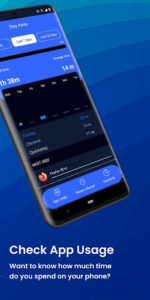What are your odds of reading this full article without getting distracted by something else? It’s quite simple. There aren’t many of them.
Many people believe their attention span is insufficient when it comes to developing concentration. But, more often than not, the main roadblock is behavioral: people just aren’t functioning in a way that allows them to focus on a single activity for long periods of time.
By interspersing minor acts of disruption throughout the day, most people unknowingly limit their constructive attention. Many of them may be disguised as productive, such as reviewing Slack and email for prompt feedback before launching into a huge assignment, checking a new remark on a document being worked on in group collaboration, or performing a few little chores to clear the to-do checklist. This leads to a build-up commonly referred to as attention residue.
What is Attention Residue?

Simply put, attention residue occurs when an individual has split concentration on the previous task while handling the current one. This may be a result of disruptions or moving to a new task while the previous one is still pending. In other words, if you move from activity to task, you won’t be able to offer anything your undivided attention. When your attention residue, a portion of your cognitive resources is diverted, which may have a substantial impact on your productivity and efficiency. For instance, if you left the email for ordering a new plumbing supply for the new building complex halfway and moved on to order other things, this information will be at the back of your mind, affecting the overall value of the other tasks.
What is the Solution?

Elimination of attention residue does not simply imply completing one activity before proceeding on to the next one. As you get started on the new task, you’ll still have some leftover attention residue swirling about in your head, putting your efficiency at a handicap. So, if you can’t completely prevent it, how can you keep it at a bare minimum?
1. Make Time for Deep Work Frequently

To reduce attention residue, the greatest thing you can do is to proactively focus on one crucial job for a lengthy period of time — to emulate flow states. This may be put into effect using the “deep work” technique. It simply entails arranging regular over an hour intervals of undisturbed work for one complicated activity, with the time of each session progressively rising to improve your neurocognitive stamina.
2. Recognize How You Transition Contexts

When you flutter between numerous distinct tasks, this is known as context switching, and it contributes significantly to the accumulation of attention residue. But you won’t be able to quit the habit unless you understand how you do it: how frequently and how much you do it, when you do it, and what activities and applications you use to accomplish it. It’s as simple as downloading the correct software, which analyzes your everyday context switching activity and highlights the worst offenders. With such information, you are able to know how to work your way about your attention residue and minimize it.
3. Set Aside Time to Manage Your Everyday Correspondence

You can start a cycle of abeyance processing and fretting even if you only read an email subject line without opening its details. To counteract this, set up certain periods each day to manage your correspondence, such as a cooperation half-hour, in the morning and after lunch to react to emails, respond to questions, and make any calls. Make sure that people are aware of your correspondence hours so that they know when to anticipate a reply from you.
4. Invest in Anti-distraction Applications

It’s all well and good to schedule two hours of intense deep work, but a cellphone vibration or Slack ping may swiftly derail your best-laid goals. Protect yourself against these sorts of low-value disruptions to maintain your attention. Whether you desire to automatically muffle messages that create concerns and extraneous thoughts or restrict access to enticing websites, there are tons of anti-distraction applications to support your goal.
5. Use Digital Simplicity to Your Advantage

Digital minimalism is about being more deliberate with your utilization of technology, removing the digital clutter that adds nothing to your life, and making excellent use of the programs that are genuinely useful. A good place to start is by uninstalling any low-value applications from your phone. More fundamentally, you’ll want to become more deliberate in how you use technology, guarding your time and being more selective in what you pay attention towards.
The Bottom Line
As much as attention residue affects your productivity and efficiency, you need to keep in mind that it does not make you entirely unable to perform your tasks. Follow the simple guidelines offered in this post to keep it at its minimum. It won’t vanish overnight, but maintaining consistency will give gradual positive results.





